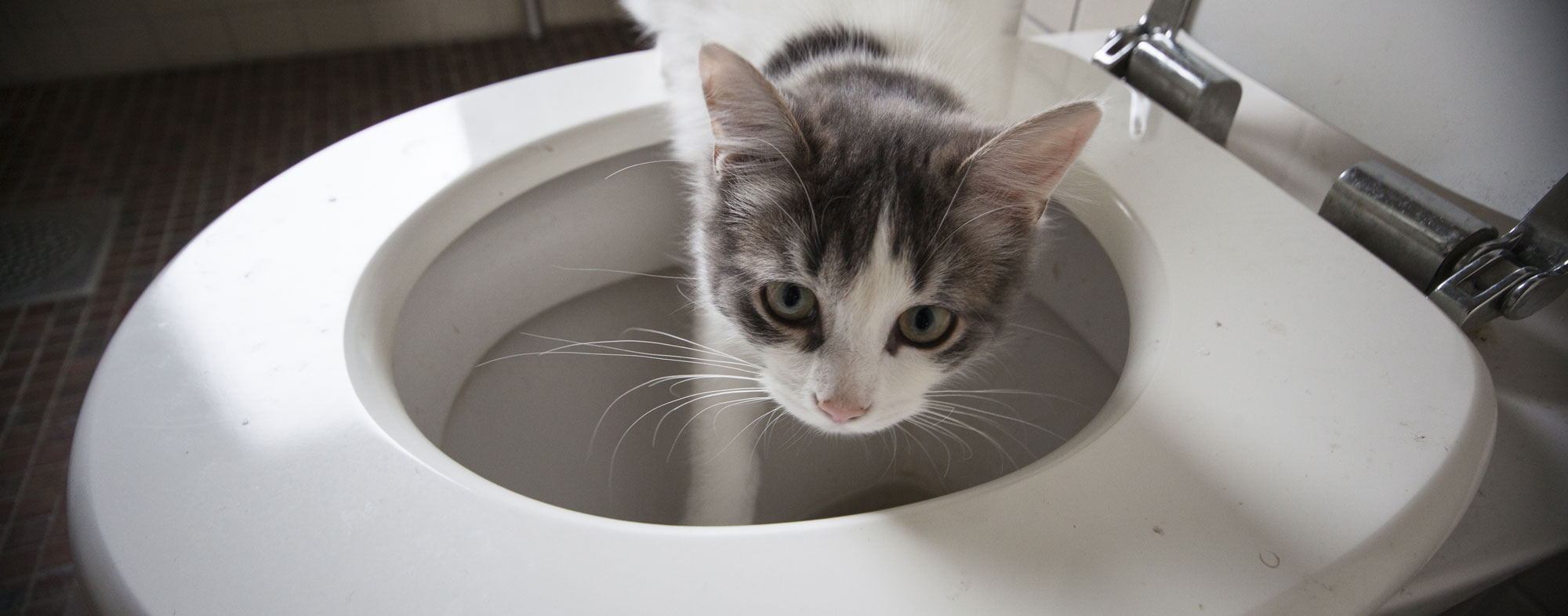Avoid Flush Cat Poop Down Your Toilet - Protect Your Pipes Infrastructure
Avoid Flush Cat Poop Down Your Toilet - Protect Your Pipes Infrastructure
Blog Article
This great article following next pertaining to Don’t flush cat feces down the toilet is fairly enlightening. You should read it.

Introduction
As cat owners, it's necessary to bear in mind exactly how we dispose of our feline pals' waste. While it might appear hassle-free to flush cat poop down the bathroom, this practice can have detrimental repercussions for both the setting and human health and wellness.
Environmental Impact
Flushing feline poop presents damaging pathogens and parasites into the water system, presenting a substantial threat to marine ecological communities. These contaminants can adversely influence marine life and concession water quality.
Health Risks
Along with ecological problems, purging cat waste can likewise present wellness risks to people. Pet cat feces might include Toxoplasma gondii, a parasite that can cause toxoplasmosis-- a potentially extreme health problem, especially for expecting females and people with weakened body immune systems.
Alternatives to Flushing
Thankfully, there are safer and more liable means to throw away cat poop. Think about the adhering to choices:
1. Scoop and Dispose in Trash
One of the most common approach of throwing away cat poop is to scoop it right into an eco-friendly bag and toss it in the trash. Be sure to make use of a devoted trash inside story and take care of the waste promptly.
2. Usage Biodegradable Litter
Opt for eco-friendly feline trash made from materials such as corn or wheat. These clutters are environmentally friendly and can be safely disposed of in the garbage.
3. Hide in the Yard
If you have a lawn, consider burying feline waste in a marked location far from veggie yards and water sources. Make certain to dig deep sufficient to avoid contamination of groundwater.
4. Install a Pet Waste Disposal System
Buy a family pet garbage disposal system particularly created for pet cat waste. These systems utilize enzymes to break down the waste, decreasing smell and ecological impact.
Conclusion
Accountable pet possession prolongs past supplying food and shelter-- it additionally involves correct waste management. By refraining from purging cat poop down the toilet and selecting different disposal approaches, we can minimize our ecological impact and protect human health and wellness.
Why Can’t I Flush Cat Poop?
It Spreads a Parasite
Cats are frequently infected with a parasite called toxoplasma gondii. The parasite causes an infection called toxoplasmosis. It is usually harmless to cats. The parasite only uses cat poop as a host for its eggs. Otherwise, the cat’s immune system usually keeps the infection at low enough levels to maintain its own health. But it does not stop the develop of eggs. These eggs are tiny and surprisingly tough. They may survive for a year before they begin to grow. But that’s the problem.
Our wastewater system is not designed to deal with toxoplasmosis eggs. Instead, most eggs will flush from your toilet into sewers and wastewater management plants. After the sewage is treated for many other harmful things in it, it is typically released into local rivers, lakes, or oceans. Here, the toxoplasmosis eggs can find new hosts, including starfish, crabs, otters, and many other wildlife. For many, this is a significant risk to their health. Toxoplasmosis can also end up infecting water sources that are important for agriculture, which means our deer, pigs, and sheep can get infected too.
Is There Risk to Humans?
There can be a risk to human life from flushing cat poop down the toilet. If you do so, the parasites from your cat’s poop can end up in shellfish, game animals, or livestock. If this meat is then served raw or undercooked, the people who eat it can get sick.
In fact, according to the CDC, 40 million people in the United States are infected with toxoplasma gondii. They get it from exposure to infected seafood, or from some kind of cat poop contamination, like drinking from a stream that is contaminated or touching anything that has come into contact with cat poop. That includes just cleaning a cat litter box.
Most people who get infected with these parasites will not develop any symptoms. However, for pregnant women or for those with compromised immune systems, the parasite can cause severe health problems.
How to Handle Cat Poop
The best way to handle cat poop is actually to clean the box more often. The eggs that the parasite sheds will not become active until one to five days after the cat poops. That means that if you clean daily, you’re much less likely to come into direct contact with infectious eggs.
That said, always dispose of cat poop in the garbage and not down the toilet. Wash your hands before and after you clean the litter box, and bring the bag of poop right outside to your garbage bins.
https://trenchlesssolutionsusa.com/why-cant-i-flush-cat-poop/
:max_bytes(150000):strip_icc()/0S1A1090-49a8e2c66f8e41d6901f2559787a7f24.jpg)
As a person who reads about Can You Flush Cat Poo or Litter Down the Toilet?, I figured sharing that excerpt was sensible. Liked our entry? Please share it. Let someone else find it. Thank you for going through it.
Details Here Report this page